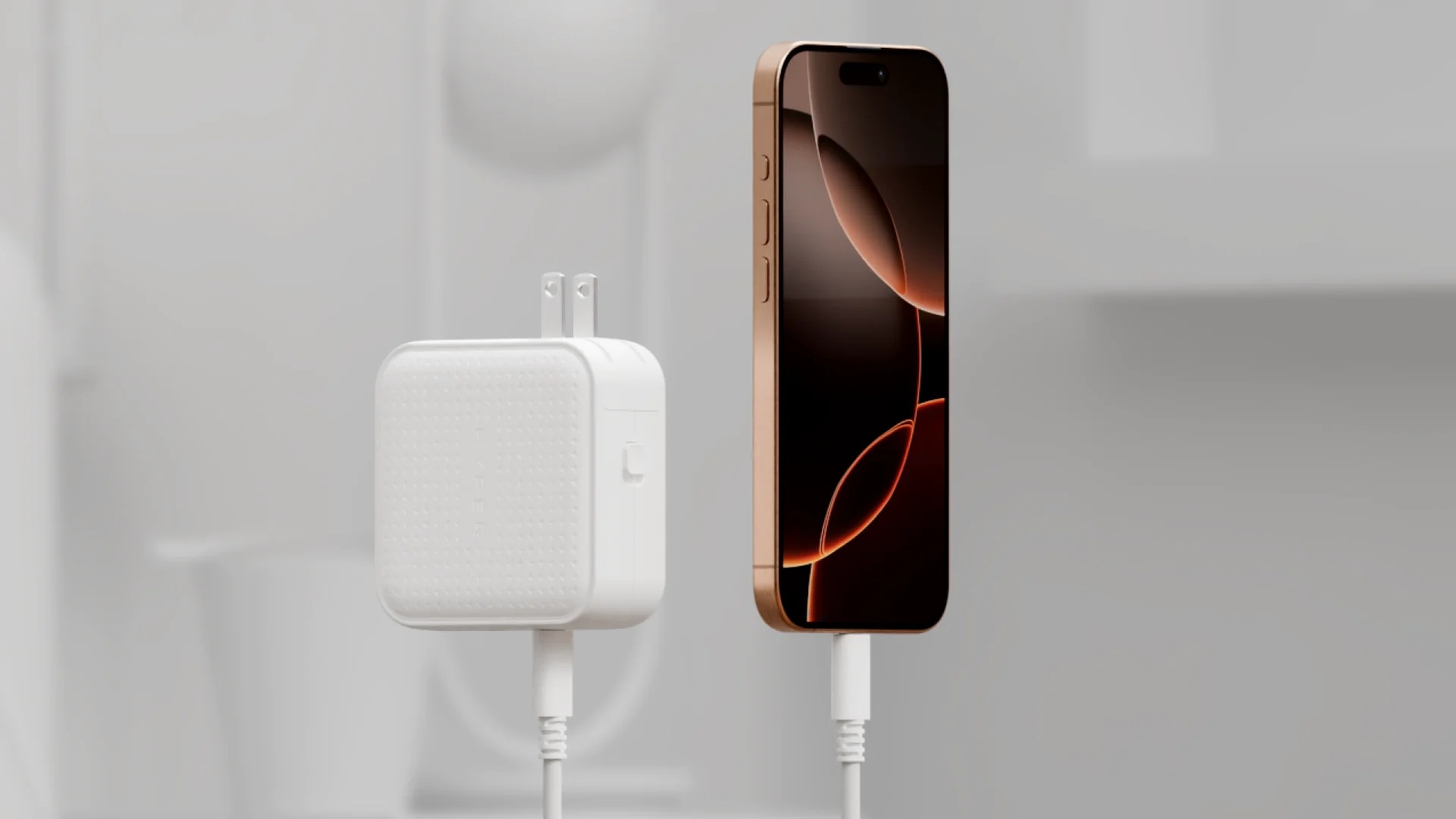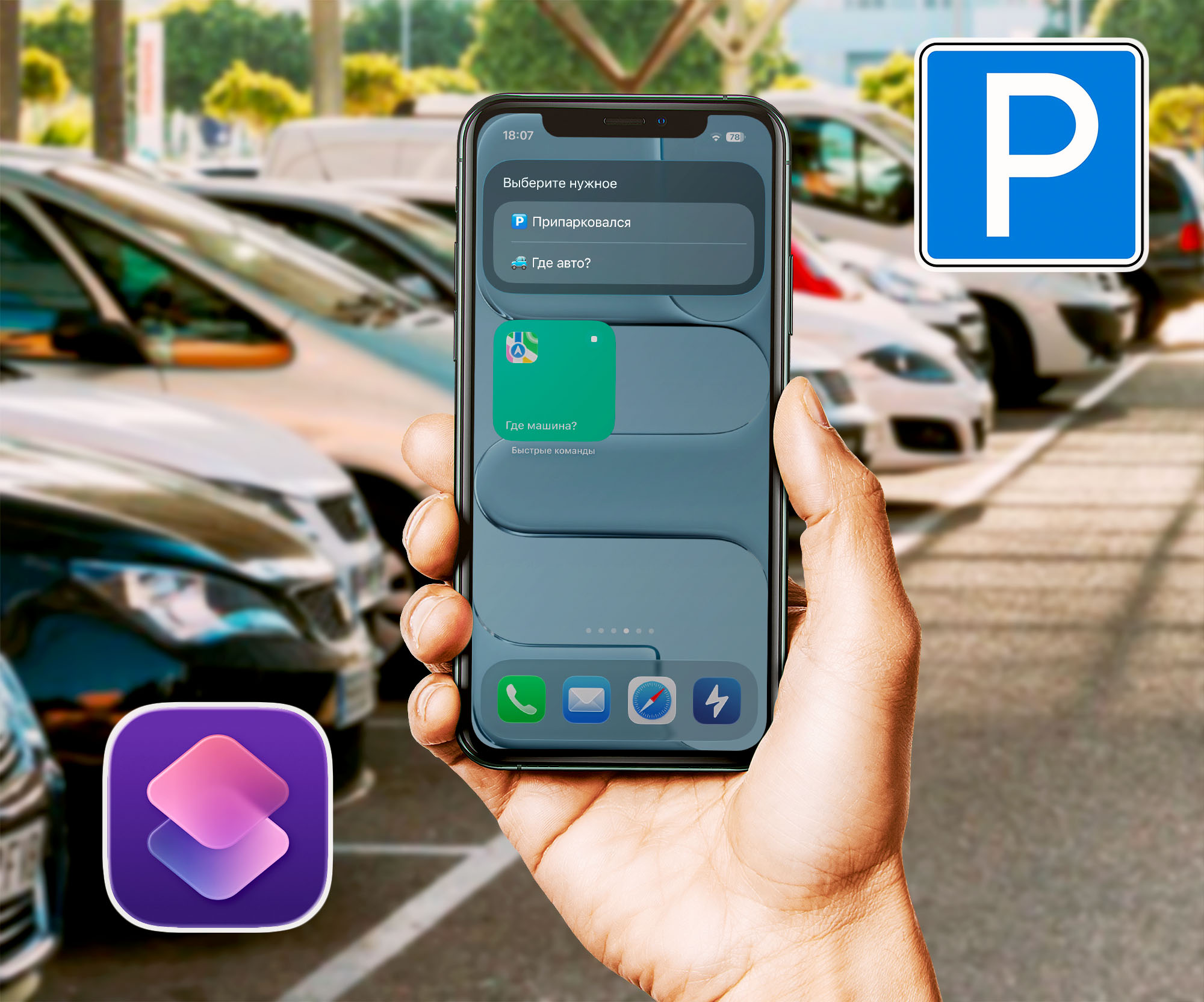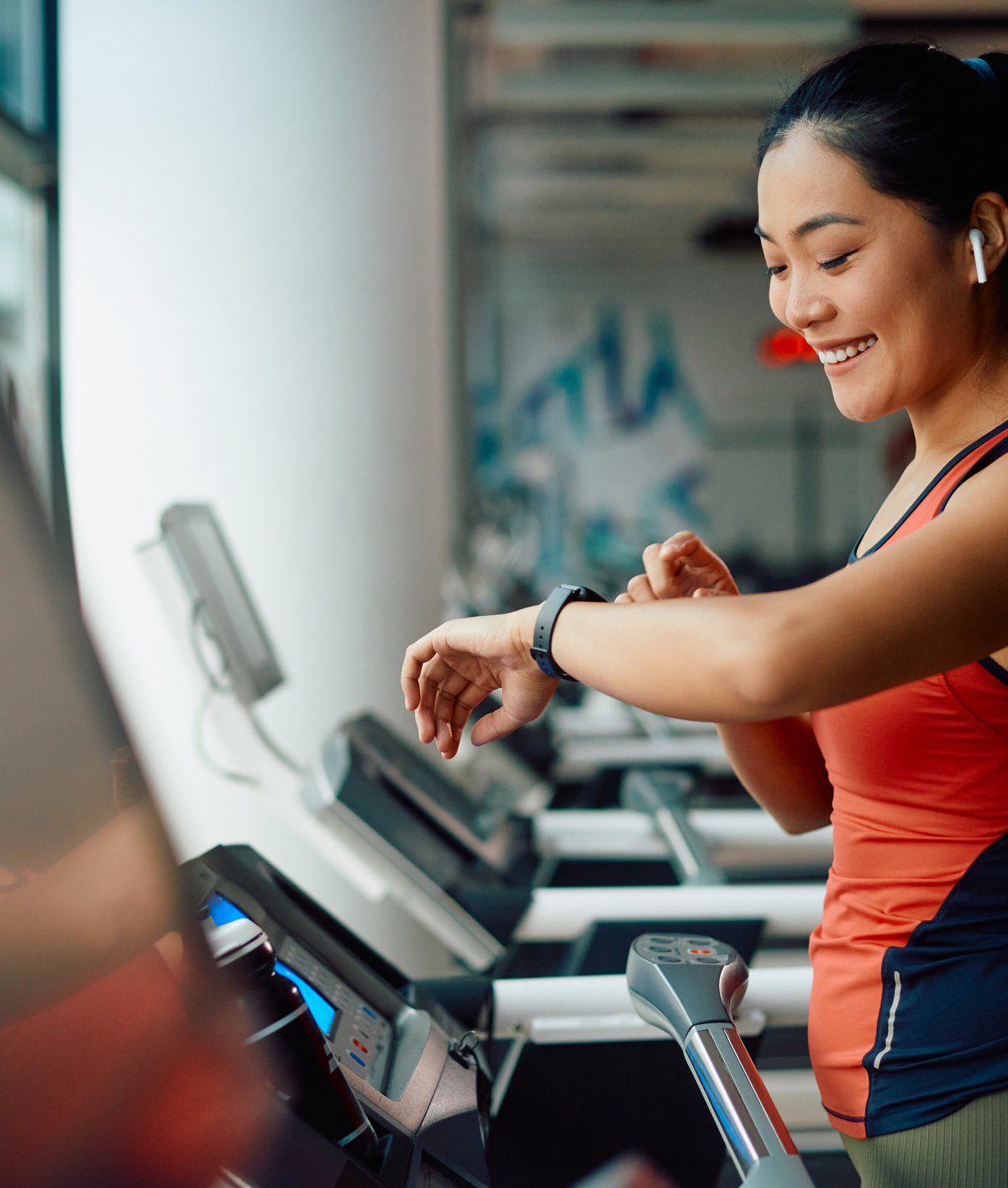This text was written by a TecMundo columnist; Learn more at the end.
The increase in the prevalence of physical exercise and fitness and sports is remarkable. Various tribes have formed in this movement: runners, bodybuilders, CrossFit, Yoga and others.
This movement is being driven by social networks that can trick us into thinking the world is getting more physically active, when in fact data suggests global physical activity levels are falling. Therefore, what we see is only a portrait of the closest social circle.
Despite this, highly motivated practitioners are deeply involved in the methods and When they want better performance, they look for alternatives in a wide variety of areas, such as supplements or technology..
Beginning practitioners can also fall victim to this phenomenon. However, most of these aspects do not provide scientific evidence of their effects. Understand five of them below:
1. Food supplements
The nutritional supplement industry is ahead of science. In fact, most products reach consumers without being scientifically tested. If they’re not harmful to your health, they probably won’t have any effects; This is the case with most nutritional supplements available on the market.
We managed to count Supplements with scientific evidence of their effects at your fingertipsbut only one of them: creatine (as an intramuscular energy supplier), caffeine (stimulant), sodium bicarbonate and beta-alanine (acid buffers), and nitrate (vasodilator).
Alice Erwig – nutritionist and researcher Applied Physiology GroupThe USP emphasizes: “Even if only five of over 400,000 types of supplements are effective, not all others (consistently tested) are effective or make a significant difference compared to those not consuming.” “There is no point in wasting money.”
2. Best type of running shoes
It’s about arriving at a sneaker store and the salesperson offers you the best type of sneakers for one thing: injury prevention, performance, footfall type, and others. However, this approach is supported by commercial interests, not scientific evidence. According to science, comfort should be the main factor when choosing running shoes..
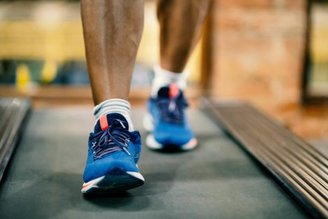
3. Wearable accessories and devices
The world’s #1 fitness trend leaves nothing to be desired in its assortment of products, from traditional watches and bracelets to more recently rings and even fitness necklaces.
There is countless data provided by the equipment, and some of it can be useful. But in general We are victims of an industry that uses devices and equipment that distract us from the reality that any action is better than nothing.
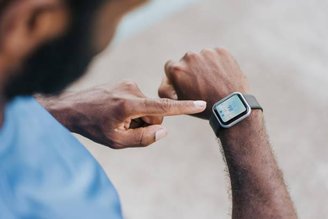
4. Training equipment
The fitness industry is making accessories a prerequisite, meaning auxiliary and optional equipment are becoming almost mandatory for a good workout; This is an unreal feature and complicates something that is already difficult: exercise.
When I visited over 50 gyms, I noticed that many athletes even carry backpacks or suitcases filled with accessories for each exercise during training: straps for back training, elbow and wrist support for chest training, elastic knee bands for leg training, belts and other equipment for various exercises.
Fitness influencers use accessories and are very motivated in some special situations, This type of equipment has a benefit, but the essence of just using your own body to exercise is lost..
5. Fitness influencer industry
It is noteworthy that, as experts point out, we live in the Age of Fitness. Never have so many people talked so much about physical exercise. However, most of the information disclosed does not appear to have science as a source of information.
In this sense, promoters and consumers of fitness tips fall victim to cognitive biases like the Halo effect, when we judge based on stereotypes. Advertising takes advantage of this bias when it uses athletes and fitness officials to advertise products such as nutritional supplements.
Generally, The fitness industry will try to convince you that you need more than regular exercise, proper nutrition and quality sleep.. The rest is just noise complicating something that is already difficult: moving, eating and sleeping well. Difficult tasks today, but they are the way to live better and therefore live longer.
***
Fábio Dominski He holds a PhD in Human Movement Sciences and a degree in Physical Education from Santa Catarina State University (UDESC). He is a university professor and researcher at the Laboratory of Sport and Exercise Psychology (LAPE/UDESC). he does scientific dissemination on social media and in podcast available on Spotify. Author of Physical Exercise and Science – Facts and Myths.
Source: Tec Mundo
I’m Blaine Morgan, an experienced journalist and writer with over 8 years of experience in the tech industry. My expertise lies in writing about technology news and trends, covering everything from cutting-edge gadgets to emerging software developments. I’ve written for several leading publications including Gadget Onus where I am an author.



